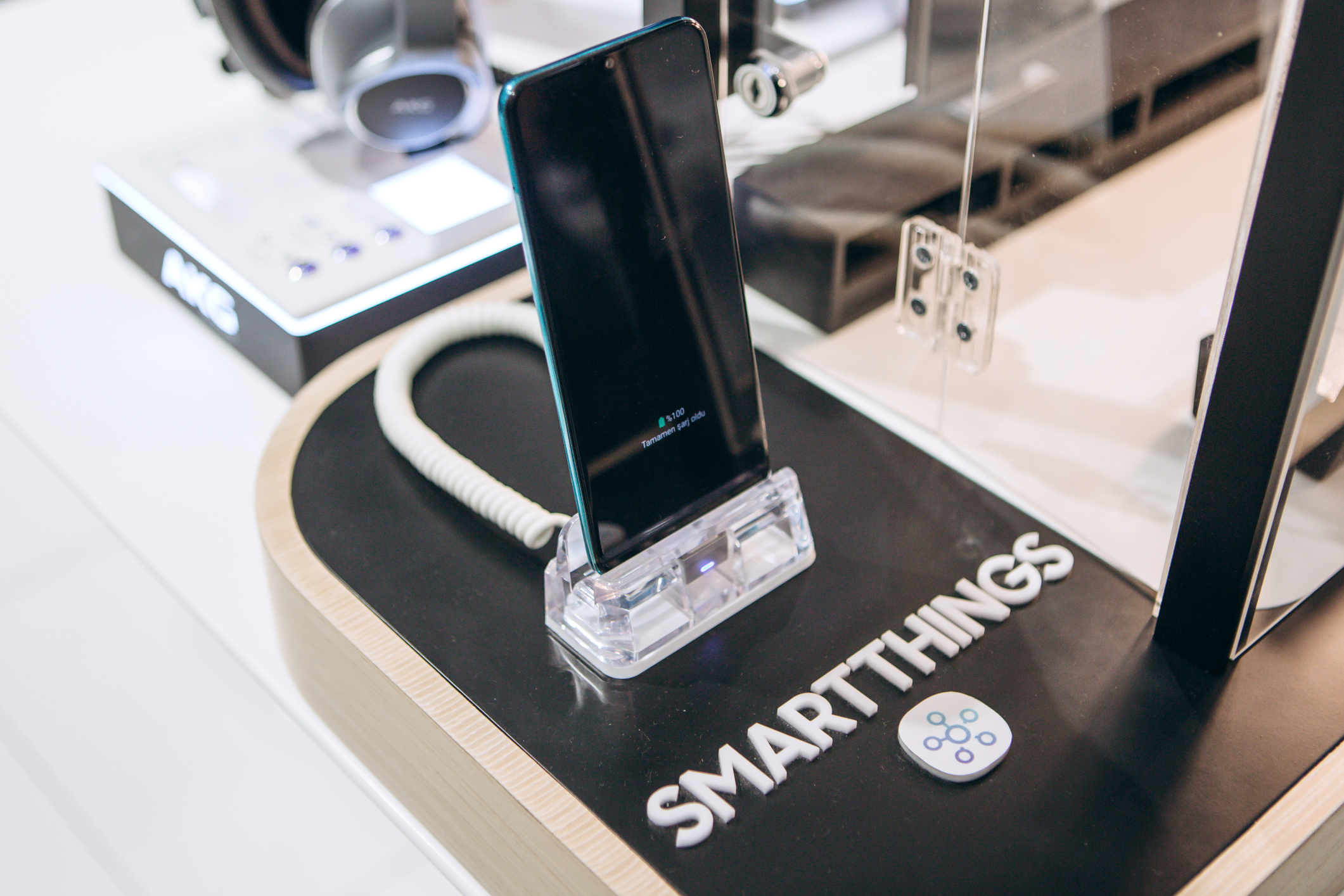Home automation just became more efficient. The Samsung IoT Platform, SmartThings, now offers edge computing as one of its features. Known as “SmartThings Edge,” the platform allows devices connected to a smart home system to process information and execute some functions locally, without needing to send or receive information to and from the cloud.
This is a stark contrast to the way earlier versions of the IoT platform worked. In previous releases, user requests were sent to the cloud for processing and the results were sent back to the local device. By eliminating several intermediate steps, including the transfer of data between remote servers, Samsung’s SmartThings has effectively slashed the latency of smart home processes to nearly zero.
Better Speed, Reliability, and Security
Fewer remote processes should mean fewer dropped or interrupted requests. As modern cell tower networks have made those “Can you hear me now?” conversations a thing of the past for all but the most rural users, so too will edge computing likely revolutionize the way consumers experience cloud services. While cloud computing itself has been a revolution, now edge computing promises to make those interactions more seamless and reliable without the need for high bandwidth, data compressions, and multiple layers of API integrations.
In theory, the move could also boost security for some systems. The SmartThings Hub connects local devices to one another on a home network, allowing them to interact with each other. If there are enough connected devices, a user may be sharing large quantities of personal data with the network as a whole.
Samsung has a good track record with managing the security of personal information, but many smart home users worry about how many details of their lives could be intercepted in transmission or accessed in the case of a cloud server hack. Executing commands and keeping information local to devices within a home network closes many of those worrisome gaps and returns control of security to individual users managing their own home networks.
Will Users See a Difference?
Samsung warns that users might not notice a difference by looking through the SmartThings app, but says the increase in speed and efficiency should be noticeable when running certain processes. Users who may have had internet connectivity issues that disrupted their cloud-executed smart home processes can now breathe a sigh of relief that those server communications are no longer necessary for many commands.
To take advantage of the edge computing benefits, consumers will need a Samsung SmartThings Hub 2.0, 3.0, or a later version.

